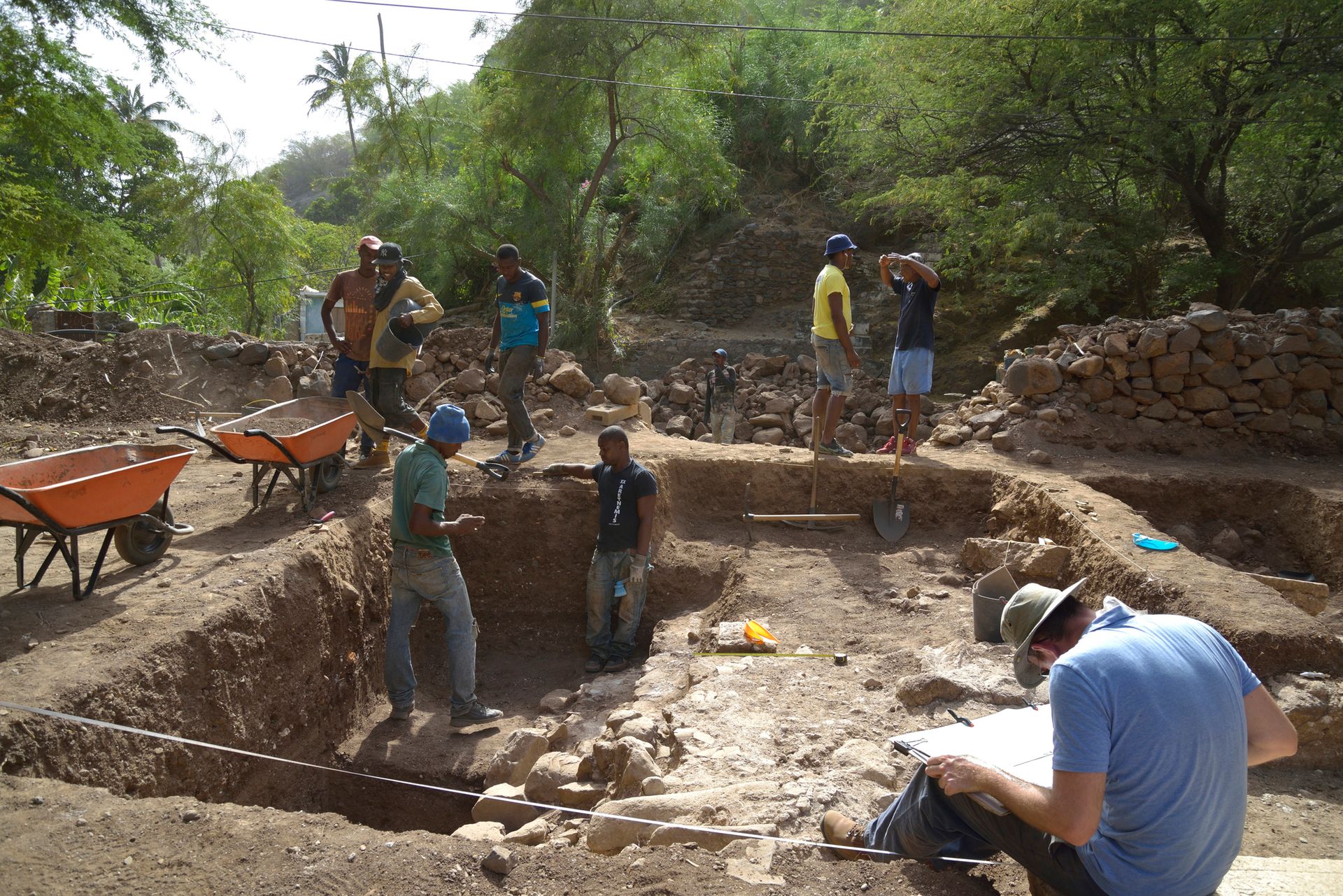The remains of the oldest European building in the tropics of which traces remain are being excavated in Cabo Verde (the Cape Verde islands), 500km off the West African coast. The church, which has been dated to around 1470, is in Cidade Velha—the Portuguese capital during the early days of the slave trade. The port, on Santiago Island, played a key role in the shipment of slaves from West Africa to plantations in Brazil and the Caribbean.
Archaeologists from the University of Cambridge, under Christopher Evans and Marie Sørensen, have excavated the remains of the 12m-long church of Nossa Senhora da Conceição, which was probably made of local stone.

The church was replaced by a considerably larger building in around 1500. The footprint of this later church has now been excavated. Among the major discoveries are a few early tiles, as well as 17th-century white, blue and yellow tiles from Lisbon and many varieties of pottery sherds, including 16th-century faience from Portugal, German stoneware, Chinese porcelain and West African pots.
Mainly before 1525, 1,000 people were buried beneath the floor, providing a time capsule of the island’s early population. Some were Europeans and others were African or mixed-race people who had converted to Christianity. Among the half-dozen inscribed gravestones is that of Fernão Fiel de Lugo, a slave trader and town official in the 1540s.
The later church began to deteriorate in the 17th century and was further damaged after French pirates attacked Cidade Velha in 1712. After the abolition of slavery in the 19th century, the islands lost their economic significance and the church collapsed. The archaeologists discovered it under a metre of earth in a field of sugar cane and mango trees.
Evans and Sørensen plan to return to Cidade Velha in March to complete the conservation of the site and open it up to visitors. Research on the finds, particularly the tiles and pottery, will continue. Isotope and DNA analysis will be carried out on the bones of those buried there to determine their race and their diet.
The Cabo Verde government wants to preserve the excavated footprint of the 1500 church for public display. Although the building is associated with the slave trade, it is also a major part of the story of Cabo Verde. Jorge Carlos Fonseca, the country’s president, says that the site is vital “to understand our history and identity”.

